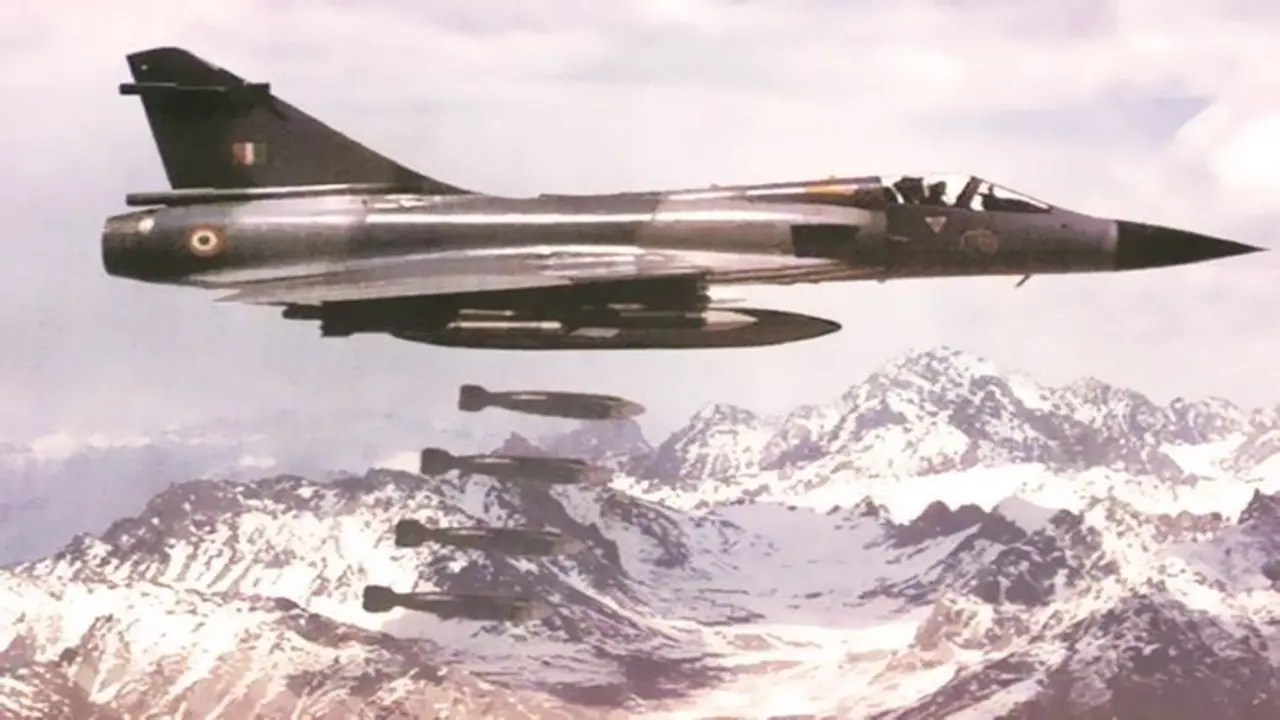While tensions are increasing at India’s border with China and the Chinese forces flexing their muscle, it would serve India well to revisit the air war lessons the IAF took away from the Kargil War in 1999
India is witnessing its worst-ever border tensions since the Kargil battle in 1999. Chinese army has diverted about 5,000 troops, who were carrying out a massive exercise, towards various points of the Line of Actual Control on its side. Transgressions have been reported at multiple locations in eastern Ladakh, in the larger Hot Springs area and in the ‘Finger’ area of Pangong lake. China has been muscle flexing for some time. This event comes despite the world under severe China originated pandemic ‘Coronavirus’. India finds such behaviour both surprising, and belligerent.

Pakistani Game Plan
India was forced into the Kargil war when General Pervez Musharraf ordered the Pakistani Army to occupy Indian posts which were traditionally vacated every winter and reoccupied in summer. Pakistani plan was to dominate the Srinagar Kargil Highway and cut off the important road link to Ladakh. Even the Pakistan Air Force (PAF) was not kept in the loop. On one side it was the repeat infiltration plan of Pakistan and on the other it was a failure of Indian intelligence. The Kargil war was fought between India and Pakistan from 3 May to 26 July 1999 at one of the highest battlefields in the world. The leadership and valour of young officers that motivated and led brave jawans was internationally acclaimed. Indian Air Force’s (IAF) air operations code named ‘Operation Safed Sagar’ supported a decisive victory for Indian forces. Nearly 500 Indian soldiers were killed in action, and Pakistan lost over 700 soldiers. It was also the first direct conventional war between two newly declared nuclear weapon states. The employment of air power and its escalation dynamics were deliberated at length by the Cabinet Committee on Security (CCS) before IAF was given the go ahead on 25 May to mount unrestricted attacks on the infiltrators, albeit ‘without crossing the Line of Control’ (LoC). The full-scale air operations began on 26 May.
IAF Initial Losses and Change of Strategy
On 27 May IAF lost a MiG-27 strike aircraft piloted by Flt Lt Nachiketa which had an engine failure due high-altitude rocket firing. He was taken as a Prisoner of War (POW). Squadron Leader Ajay Ahuja, who was escorting Nachiketa, flying a MiG 21, descended trying to trace the downed pilot despite the threat from Surface to Air Missiles (SAM) and was shot down by a Stinger shoulder fired missile. The following day, a Mi-17 was shot down, with the loss of all four crew, when hit by a SAM. The aircraft did not have a serviceable IR flares dispenser. These losses forced the IAF to reassess its strategy. The helicopters were immediately withdrawn from offensive roles. All bombing hereafter was from high altitude. Mirage 2000 aircraft with Laser Guided Bombs (LGB) were inducted. Nearly 100 SAMs were fired during the war, but there were no further hits or losses. IAF learnt the hard way.
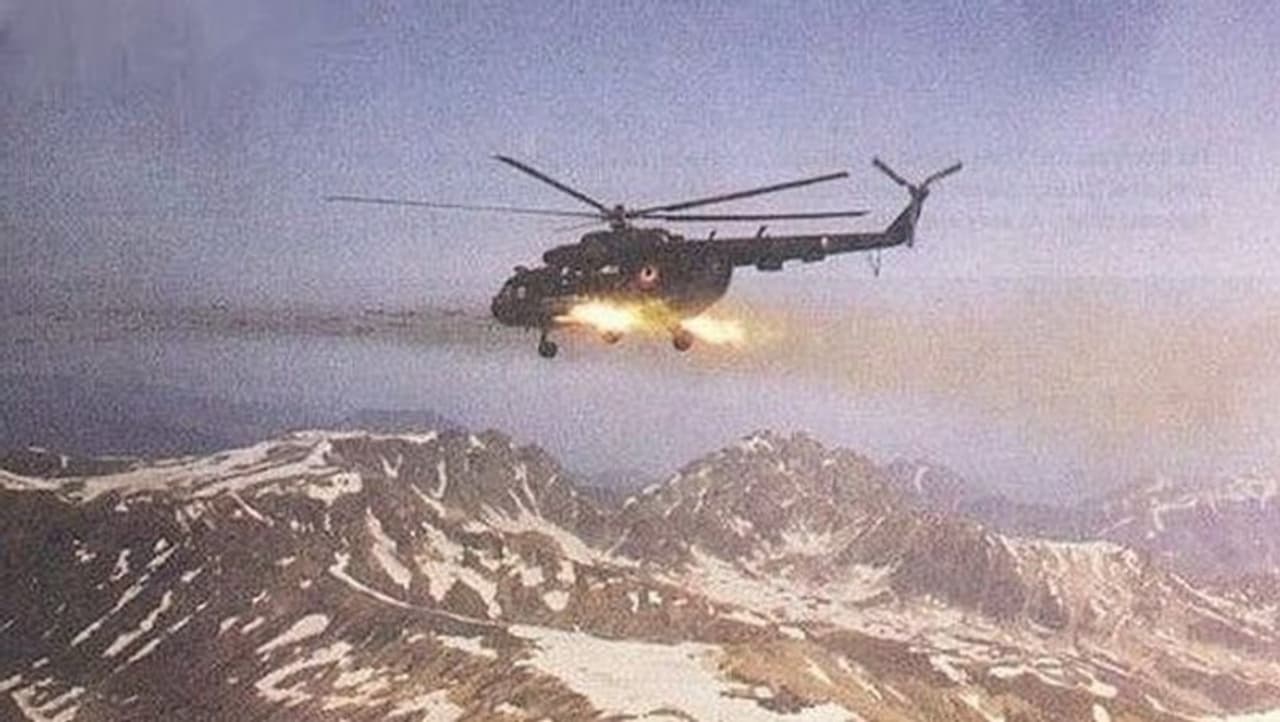
Mi-17, Picture Credit: The Print
Precision Bombing – Game Changer
The targets in Kargil were at 16-18,000 ft. Most aircraft and weapons are not designed for delivery at such high altitudes. No one has ever practiced weapon delivery at these heights. The restriction of not crossing the LoC, put limitations of choices of attack directions for strike aircraft. To avoid SAMs the aircraft had to pull-out of the attack at above 30,000 ft. IAF had to use ingenuity, Indian ‘Jugaad’ to modify aircraft and aiming systems to achieve direct hits at those heights, IAF targeted small bunkers, enemy gun positions and logistic camps. IAF struck enemy positions in Muntho Dhalo, Tiger Hill and Point 4388 in the Dras Sector. The precision delivery of LGBs, and also dumb bombs by Mirage 2000, Mig-27, and MiG 21 aircraft, not only helped turn the tide of war and hastened the recapture of high mountain peaks, but also greatly reduced Indian Army casualties. A testament to the effectiveness of the IAF’s attacks came when Pakistan’s foreign minister Sartaj Aziz, during an official visit to New Delhi, at the peak of war on 12th June 1999, implored to “stop the air strikes” as one of requests he made to the Indian government.

MiG 27. Picture Credit: Financial Express
Air Effort
As per the MoD annual report, a total of 7831 sorties were flown by IAF. 1730 by fighters (22.7%), 3427 by Transport aircraft (44.9%) and 2474 by Helicopters (32.4%). Nearly 48% of fighter sorties were for strike missions. Another 39% for Air Defence Combat Air Patrol (CAP) and Escort missions. Nearly 13% were for Recce missions.
Nuclear Bluff Called
Despite Pakistani foreign secretary Shamshad Ahmad’s statement on 31 May warning that an escalation of the limited conflict could lead Pakistan to use “any weapon” in its arsenal, Pakistan’s oft repeated nuclear threat bluff was exposed. Possibility of a conventional war under nuclear overhang was re-established.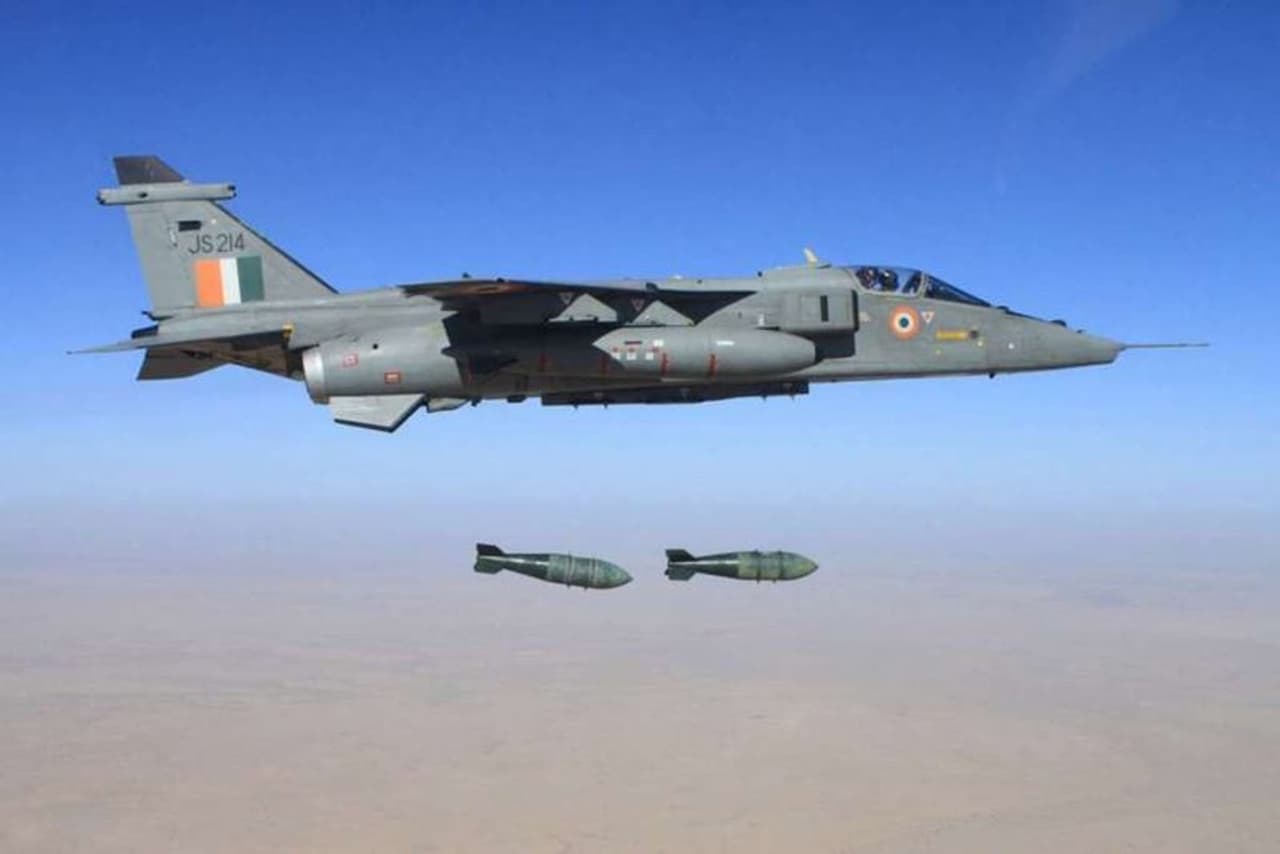 Jaguar Dropping Bombs. Picture Credit: India TV
Jaguar Dropping Bombs. Picture Credit: India TV
Post Kargil Review and Actions
The Kargil Review Committee report highlighted the lack of inter-agency coordination between RAW, IB and the military intelligence just prior to the war. RAW’s Human intelligence was found to be weak. A thorough review of the entire national security system was carried out. Based on the report, a full time National Security Advisor (NSA) was instituted. Improved aerial surveillance using Indian RISAT satellites and UAVs have been put in place. A centralised communication and electronic intelligence agency, the National Technical Research Organisation (NTRO) was set up in 2004. The Defence Intelligence Agency (DIA) has been set up. Based on recommendations, Integrated Defence Staff (IDS), the Andaman and Nicobar Command, the Nuclear Command Authority, and the Strategic Forces Command, and the Defence Acquisition Council among others were set up. More recently, the Defence Space and cyber agencies, and a special forces division have been created. And finally, the dawn of 2020 saw the post of Chief of Defence Staff (CDS). the only thing left is the most important genuine civil-military integration in MoD.
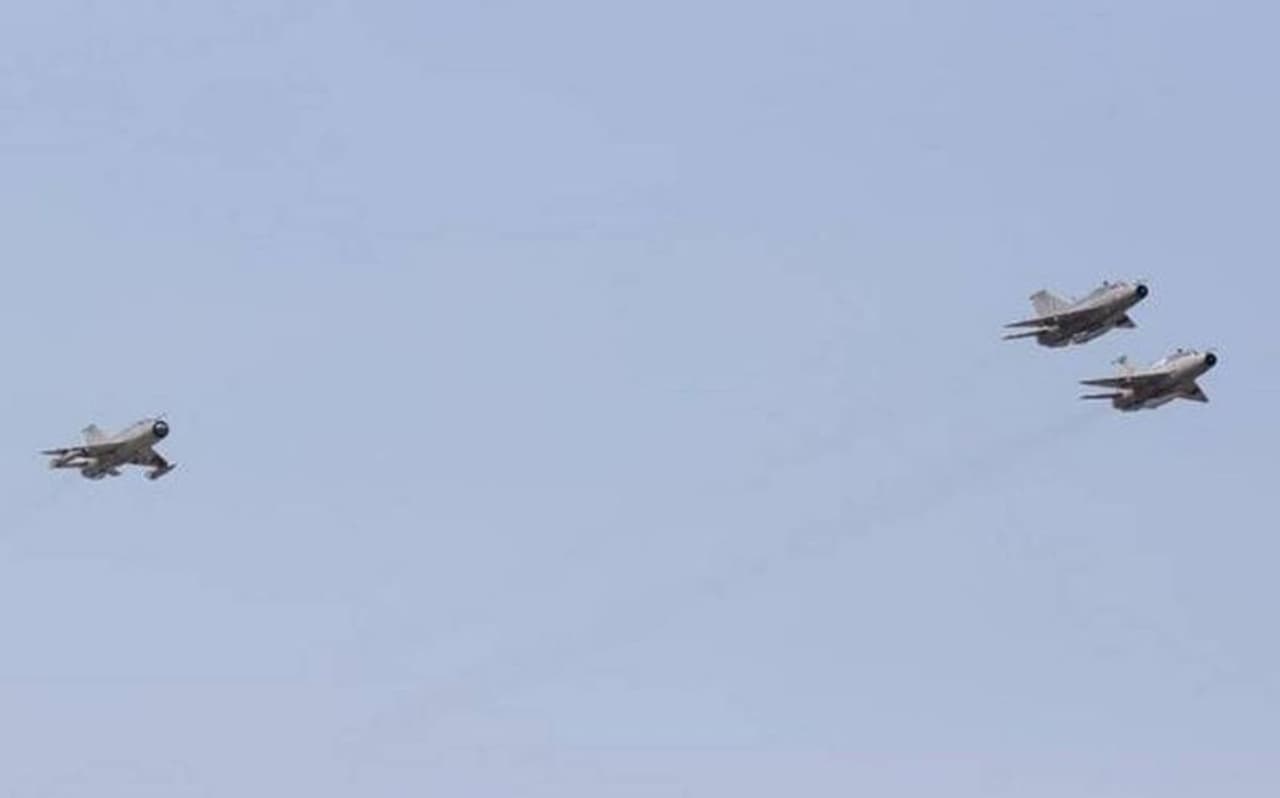
The Kargil Tribute. Missing Man Formation.
IAF Upgrades Post Kargil
Post Kargil, IAF co-developed the Sukhoi Su-30 MKI fighters with Russia. It also upgraded its Jaguars, MiG 29 and Mirage 2000 aircraft with latest weapons and avionics. One squadron of LCA inducted. 36 Rafale will induct soon. BrahMos missiles have been added in large numbers and more potent variants are being developed. S 400 is on order. All new acquisitions have to be fit for operations at airfields at 3km altitude (Leh). IAF acquired aerial refueler, AWACS capability, strategic transport aircraft, latest heavy lift and attack helicopters, UAVs, and dedicated military and surveillance satellites. ALGs in the east have been upgraded. IAF is thus much better off for an air war across the Himalayas.
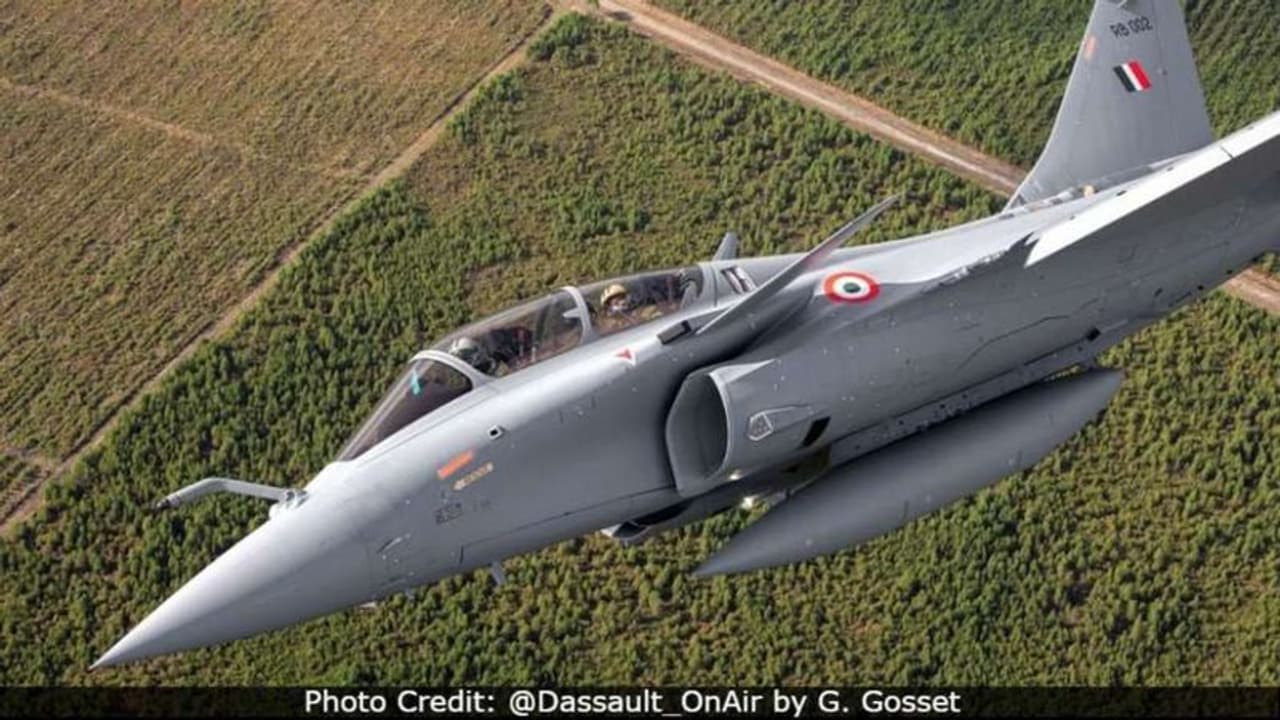
Way Ahead India
The Kargil conflict was a milestone event. It represents a prototype of India’s most likely type of future combat challenges against China. Notwithstanding the eventual victory, there were hits and misses and hopefully the lessons have been imbibed and amends made to fight a future air war in the mountains with greater finesse and accuracy. But a lot more needs to be done. A key requirement of the IAF to acquire modern fighter aircraft to bridge the gap with China has unfortunately not moved fast enough and IAF is now down to an all-time low of 30 fighter squadrons. The very slow weapon acquisition process mired in bureaucratic red tape puts Indian national security at risk. Chinese will be using surface-to-surface (SSM) and cruise missiles. Better air defence is required. India also needs to increase its inventory of SSMs. Also, many border airfields still need more hardened shelters and other assets. IAF needs to train more for mountain warfare and weapon delivery. There is a need for more high-altitude firing ranges. Hope IAF is not forced to fight its next war with a plan ‘B’.
Picture Credit: India Strategic
(Air Marshal Anil Chopra, (Retd), is an IAF test pilot, who commanded a Mirage 2000 Squadron and operational airbases in both Western and Eastern sectors. He is also the founder of Air Power Asia)
